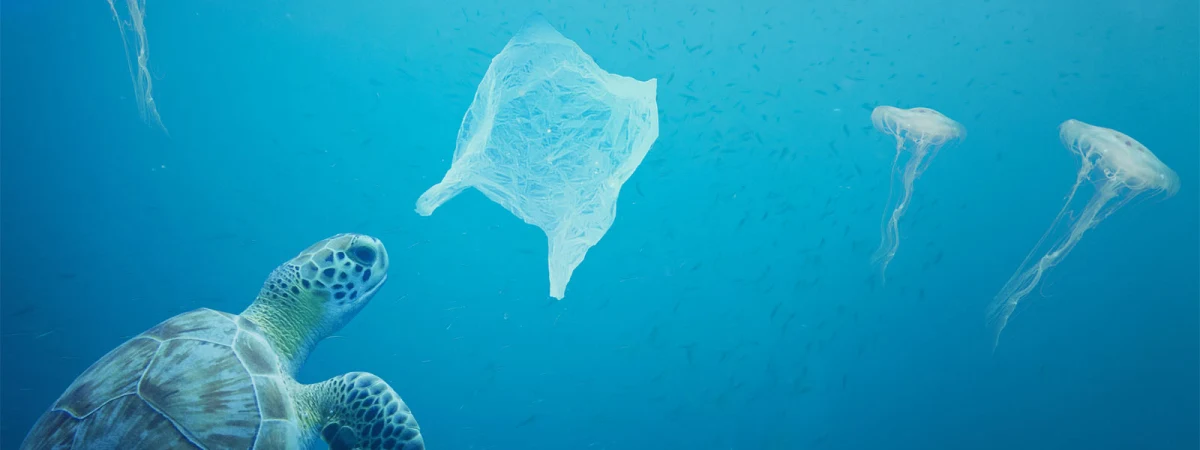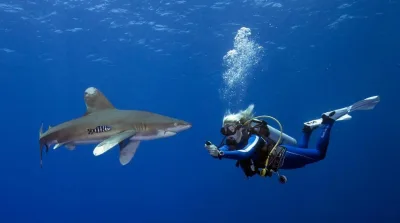According to a report in Science Daily, the answer to whether plastics are on the rise in the oceans may not be quite so straightforward as thought.
The article references a study by Prof. Alan Deidun, resident academic within the Department of Geosciences of the Faculty of Science, along with a cohort of high-profile co-authors, recently published in the Microplastics and Nanoplastics journal.
Despite a well-documented increase in the amount of plastics entering the marine domain from land, the study concludes that the amounts of litter in coastal marine systems hasn’t risen in turn. In fact, collections of marine litter by Continuous Plankton Recorders in the North East Atlantic have remained relatively unchanged since the year 2000.
Thankfully, some types of litter, such as industrial pellets, have even shown signs of decrease, likely following policy designed to reduce their use in industrial practices.

This ‘steady state’ could suggest several different scenarios; either plastic litter is transferring to more remote areas where monitoring programmes are less prevalent; or the litter is being degraded into smaller pieces that are harder to detect or are being consumed by marine life. Or maybe both.
The study goes on to conclude that a greater research effort should be invested towards identifying the sources of the marine litter, as well as in the various degradation pathways for different components, in order to further our capacity to identify global trends in marine litter.
Unfortunately, a staggering 380 million tons of plastic are still produced each year, of which an estimated 50% is single-use - including 500 billion plastic bags sold annually worldwide which, on average, are used for just 15 minutes. According to the Ocean Conservancy, an estimated eight million tons of plastic enter seas worldwide each year, on top of some 150 million tons already roaming the ocean.




